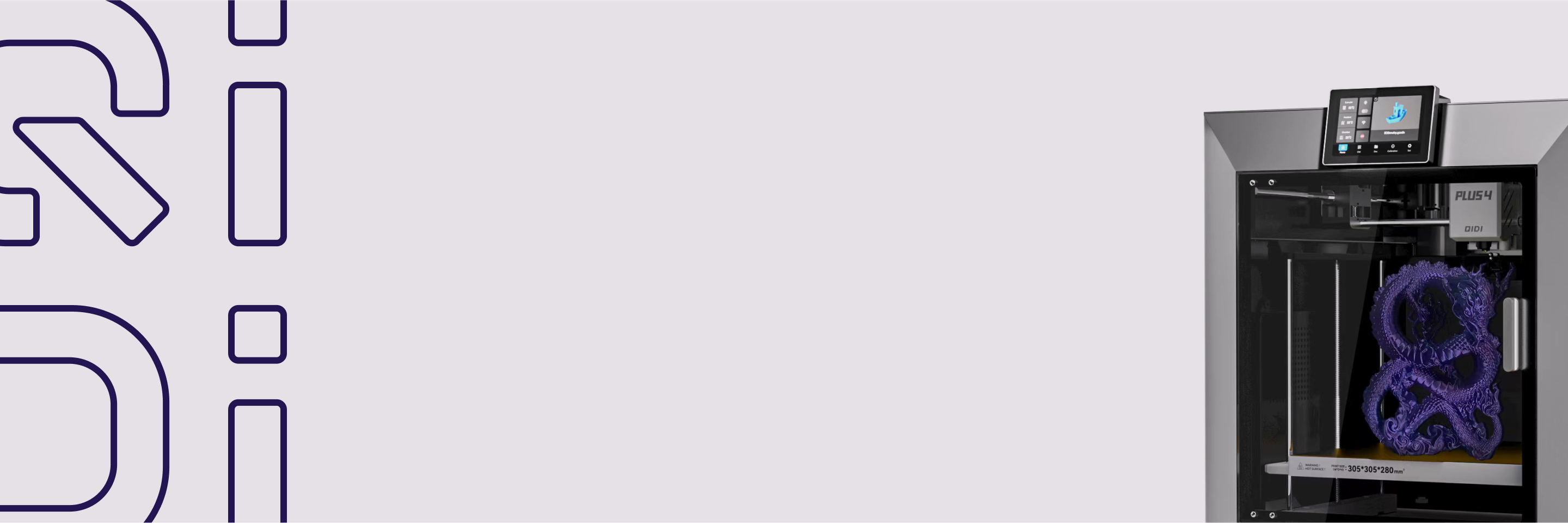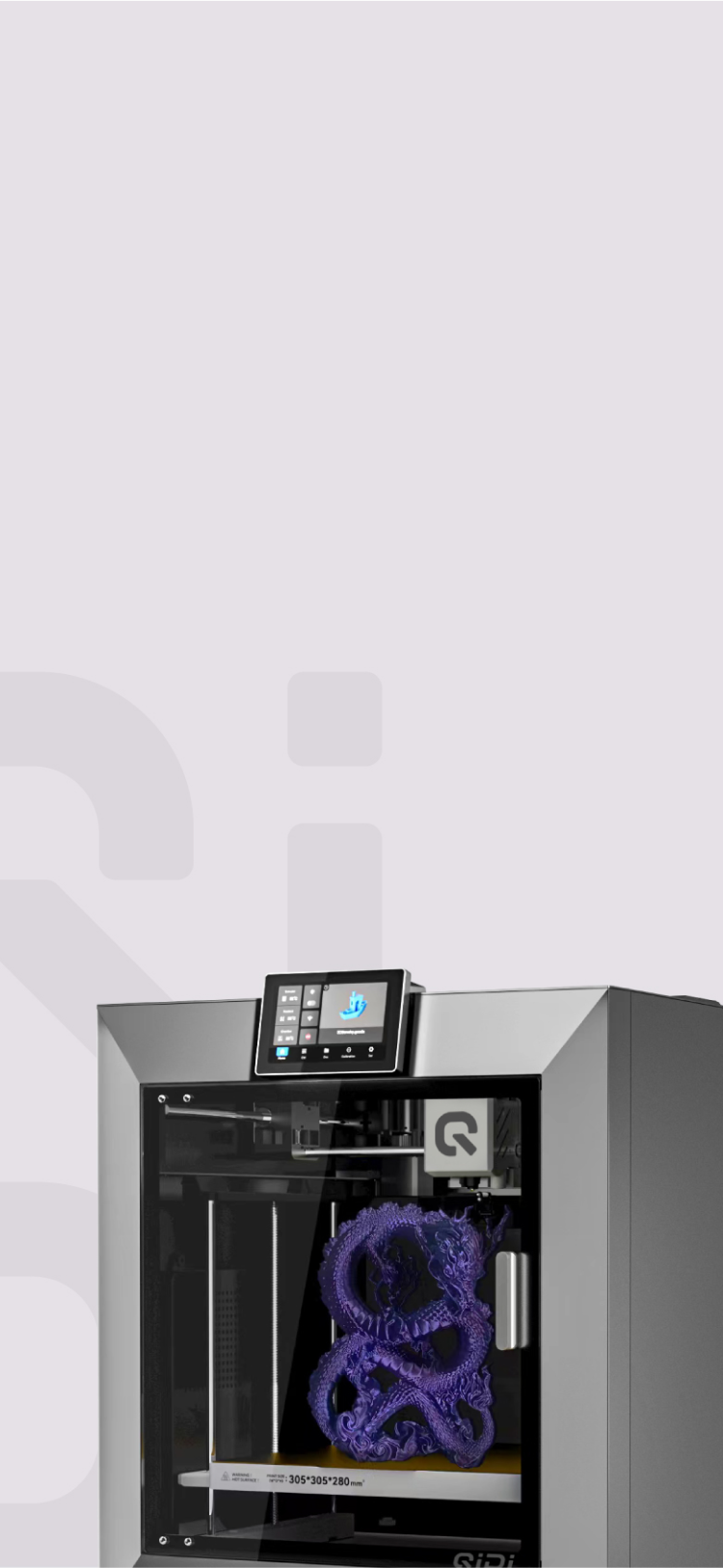How to Prevent and Fix Filament Tangles in 3D Printing


You set up a long job, the first layers look perfect, and you finally relax. A few hours later, the nozzle is drawing lines in the air, the spool feels locked, and the whole part is ruined. For many people who use 3D printing at home or in the shop, filament tangles feel like bad luck. In reality, they follow clear patterns you can understand and control.
What Is a Filament Tangle in 3D Printing?
A filament tangle is a knot on the spool that stops the material from feeding smoothly. Instead of peeling off the reel in a clean spiral, the filament dips under a previous loop and locks itself in place. When the extruder pulls, that loop tightens and the spool refuses to turn.
The symptoms are different from a nozzle clog. With a true tangle, you often notice:
- The extruder clicking or grinding because the drive gear slips
- Thin or missing layers, while the motion system keeps moving as normal
- A reel that feels tight and jerky when you pull the filament by hand
In a clog, the resistance comes from the hotend. With a tangle, the blockage sits outside the 3D printer, on the reel, or along the path to the extruder. Once you know how to tell them apart, you can focus on the right part of the system instead of swapping random parts and hoping for the best.
Why Your 3D Printer Filament Gets Tangled on the Spool
Most tangles start with one small moment when the filament end is not under control. A new spool usually arrives neatly wound. The problems begin when the end springs back, slips under neighboring coils, and hides there until a print finally reaches that buried loop.
Typical triggers include:
- Pulling the end of the filament for 3D printer use out of its hole, then letting it go for a second, so it snaps back into the coil
- Storing a half-used spool without clipping or taping the end, then letting it roll around in a box or drawer
- Using a spool holder that lets the reel overrun during fast retractions, so loose loops fall over the sides and cross lower layers
- Leaving the spool in a humid or hot space so coils warp slightly and catch on each other as they unwind
Manufacturing quality also plays a role. Good winding keeps each loop next to its neighbor at fairly constant tension. Poor winding can create crossovers directly at the factory. That kind of defect is less common with decent suppliers, yet once it exists, you will eventually hit it in a long job.
In everyday use, tangled 3D printer filament usually comes from a mix of handling, storage, and winding instead of one dramatic mistake, which is why paying attention to small habits can make such a big difference.
How to Prevent 3D Printer Filament from Tangling Before a Print

Preventing tangles is much easier than rescuing a failed overnight job. A short routine before each print removes most of the risk and keeps PLA filament and other materials feeding calmly.
You can think of it as a quick preflight check:
- Keep the filament end under control: When you free a new reel, pinch the strand with your fingers as you pull it from the side hole or clip. Once you have enough length to reach the extruder, secure the end again in a hole, with a clip, or with a small piece of tape. Do not give it a chance to whip back into the spool.
- Test how the reel unwinds: Before loading, pull out a meter or two of filament and watch how the coils come off. Healthy winding lets each loop slide away in order. If you feel a sharp catch or see a loop dive under another, stop and sort it out before the printer is involved.
- Check the spool holder and path: The holder should let the reel spin freely in the direction of pull without scraping on edges or wobbling. A short guide tube can keep the path to the extruder straight and clean, so the filament does not brush against brackets or cables.
- Store spools sealed and supported: Open spools that sit on shelves collect dust, moisture, and accidental bumps. A simple container or filament dryer box keeps loops from falling off the sides during storage and also protects filament from humidity.
- Fix the “use it, then secure it” habit: Every time you remove a spool from the 3D printer, secure the end right away and put it back in the same safe place. This alone cuts down a huge share of surprise tangles that appear the next time you grab that reel.
How to Fix a Filament Tangle During 3D Printing
Even with solid habits, a hidden knot can still slip through. When that happens in the middle of a print, a calm, step-by-step response is worth far more than panic. Think of it as a focused part of your 3D printing troubleshooting routine rather than a disaster.
Pause the Print and Confirm the Problem
As soon as you notice under-extrusion or a completely dry nozzle, pause the job. Check the screen to confirm the nozzle is still at normal temperature. Then watch the spool while you try to feed a little filament by hand. If the hotend is hot and the reel is hard to turn or does not turn at all, a tangle or snag on the spool is the likely cause.
Create Slack Instead of Pulling Hard
Resist the urge to pull as hard as you can. Heavy force tightens the knot and can grind a deep groove into the filament where the drive gear bites. Instead, open the extruder tension arm so the gears release the filament. Gently pull the filament back a little from the hotend so there is some slack in the path. This gives you room to work on the spool without stressing the printer.
Unwind the Spool and Remove the Knot
Now shift your focus to the reel. Turn it slowly by hand and unwind several loops while you watch how the outer layer moves. At some point, you should see a loop that crosses under another coil or hooks awkwardly over the side. That is usually the source of the blockage. Gently lift or reroute that loop so it no longer traps the rest of the filament. If the knot is deep, it may help to wind the filament temporarily onto an empty spool while keeping gentle tension, then wind it back neatly once the twist is gone.
Reset the Path and Resume the Print
When the spool feels smooth again, rewind any loose filament with light tension so the coils sit in tidy, even rows. Feed the filament back through the extruder and guide tube, close the tension arm, and purge a little material to confirm steady flow. If the part still looks worth saving, resume the print and watch the next few layers. You may see a slight seam where the pause occurred, yet functional parts often remain completely usable.
Advanced Filament Management Tips for Tangle-Free 3D Printing

Once the basics feel natural, you can tune your setup for long jobs and demanding materials. This matters especially for stiff blends such as carbon fiber filament, which bend less easily and tend to jam more firmly if a loop catches.
The table below matches common situations with simple habits that keep the filament for 3D printer projects under control.
| Situation | Practical habit |
| Swapping spools several times a day | Label each reel clearly, clip the end every time it leaves the printer, and check unwinding behavior the next time it goes on the holder. |
| Printing in a tight or busy workspace | Use short guide tubes to protect the path from cables, carts and nearby tools and avoid routes that run close to moving parts. |
| Running long overnight or multi-day jobs | Pick spools with generous capacity left, watch reel movement during the first layers, and look once more before leaving it unattended. |
| Using stiff or abrasive materials | Shorten the distance from spool to extruder and keep the reel at a similar height to the intake so the path stays as straight as possible. |
| Managing many open spools at once | Store them upright in sealed boxes or dry cabinets so loops cannot fall between reels and tangle across different spools. |
Small details help too. Trim the filament end with a clean, angled cut so it threads easily through guides. If one spool always feels rough or uneven when you pull on it, reserve that reel for short prints instead of all-night work. Bit by bit, these decisions build a more predictable 3D printing setup.
Your Roadmap to Tangle-Free 3D Printing
Filament tangles are frustrating, but they are rarely random. They usually come from how the reel was wound, how the end was handled, where the spool was stored and how it was mounted on the holder. When you see that chain clearly, you can manage each link instead of blaming luck.
From now on, give every new spool a short check before a print. Keep the end under control, test a little unwinding by hand, make sure the spool turns freely and store open reels in a closed, stable place. If a tangle still appears, pause without panic, create slack, unwind the knot and reset the path before you continue. With those habits in place, your 3D printer spends far more time turning designs into real parts and far less time drawing empty lines in the air.
5 FAQs about Filament Tangles
Q1. Can a filament tangle damage my extruder or hotend?
Yes, if the printer keeps pulling against a tight knot, the drive gear can grind deep into the filament, overheat the motor, and stress gears or idlers. The hotend usually survives, but repeated stalls can shorten the life of the extruder assembly.
Q2. Is it safe to reuse filament that has been sharply kinked by a tangle?
A single sharp kink can create tiny cracks inside the filament, especially with brittle materials. Those weak points may snap inside a Bowden tube or at the extruder. Cutting away the kinked section and reloading the remaining filament is usually the safest choice.
Q3. Do certain spool sizes or designs reduce the chance of tangles?
Spools with wider cores, solid flanges and consistent winding tension are less likely to trap loops. Deep, narrow reels packed to the edges tend to tangle more easily. For long prints, many users prefer larger-diameter spools wound in neat, parallel layers.
Q4. How can I monitor long prints for tangles when I am away from the printer?
Many people use a small webcam pointed at the spool and extruder, then check in from a phone or computer. Time-lapse or motion alerts can highlight sudden stalls. Filament run-out or load sensors help too, but visual confirmation remains the most reliable check.
Q5. What should I do if tangles keep happening with one specific roll or brand?
First, inspect that roll carefully for crossed loops and inconsistent winding. If you see repeated issues, limit it to short, low-risk prints. Checking reviews, talking to other users, and contacting the seller for a replacement or refund is usually the most practical next step.


 Q2
Q2





